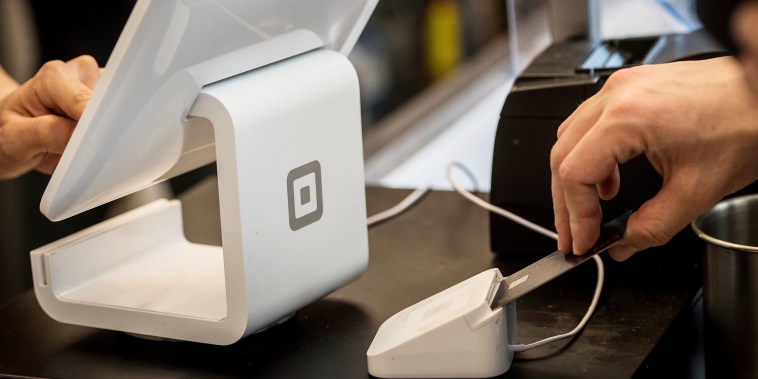Revealed: A Shocking Record-Breaking Third Quarter Increase In Credit Card Balances!

Each year, spending on credit cards continues to break records. In the third quarter of 2020, Americans racked up a record $1.08 trillion in credit card balances, according to the Federal Reserve. This marked a significant increase from the $966 billion figure registered in the second quarter.
So, how did we get here? Experts believe the record high is due to several factors, most notably the coronavirus pandemic and its related financial disruptions. With 25.7 million US jobs lost since February, many Americans have increasingly had to rely on credit cards to cover basic expenses like food, rent, and medical bills. In addition, government stimulus payments such as unemployment benefits and Economic Impact Payments have largely been distributed via debit or prepaid cards, leaving members of the unbanked population no choice but to rely on credit cards to make payments.
At the same time, lenders have also increased credit availability due to record-low interest rates. This means people have greater access to credit cards with larger credit limits, allowing them to cover even bigger expenses with plastic.
Despite the record levels of debt, the delinquency rate for credit card debt has decreased to 3.48%, its lowest level since April 1993. This may suggest that lenders are taking on more credit risk, as well as that consumers are more cautious in their spending habits.
It’s also worth noting that the record debt figure comes at a time when average interest rates on credit card offers (around 14.14%) remain much higher than before the pandemic.
Looking ahead, the record balances are a causes for concern if the economic situation and job market don’t improve in the coming months. Until then, experts urge those who are in a financial crunch to stick to their budget, manage their debt, and reach out to their banks for forbearance measures.
Each year, spending on credit cards continues to break records. In the third quarter of 2020, Americans racked up a record $1.08 trillion in credit card balances, according to the Federal Reserve. This marked a significant increase from the $966 billion figure registered in the second quarter.
So, how did we get here? Experts believe the record high is due to several factors, most notably the coronavirus pandemic and its related financial disruptions. With 25.7 million US jobs lost since February, many Americans have increasingly had to rely on credit cards to cover basic expenses like food, rent, and medical bills. In addition, government stimulus payments such as unemployment benefits and Economic Impact Payments have largely been distributed via debit or prepaid cards, leaving members of the unbanked population no choice but to rely on credit cards to make payments.
At the same time, lenders have also increased credit availability due to record-low interest rates. This means people have greater access to credit cards with larger credit limits, allowing them to cover even bigger expenses with plastic.
Despite the record levels of debt, the delinquency rate for credit card debt has decreased to 3.48%, its lowest level since April 1993. This may suggest that lenders are taking on more credit risk, as well as that consumers are more cautious in their spending habits.
It’s also worth noting that the record debt figure comes at a time when average interest rates on credit card offers (around 14.14%) remain much higher than before the pandemic.
Looking ahead, the record balances are a causes for concern if the economic situation and job market don’t improve in the coming months. Until then, experts urge those who are in a financial crunch to stick to their budget, manage their debt, and reach out to their banks for forbearance measures.